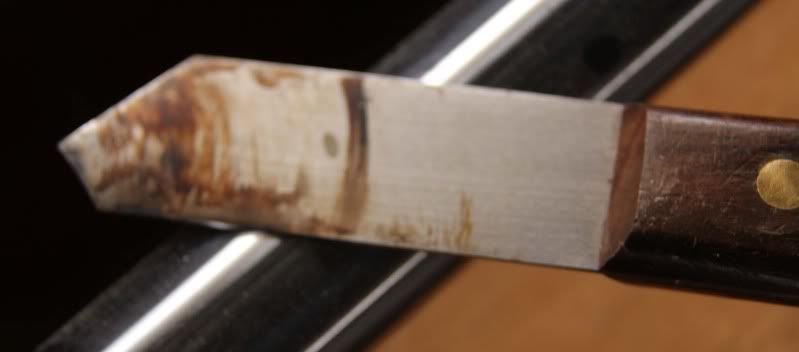Guys
I'm after a new parting tool and only having a basic set of tools, am looking for some recommendations on the type, i.e, standard, diamond etc.
All comments appreciated.
I'm after a new parting tool and only having a basic set of tools, am looking for some recommendations on the type, i.e, standard, diamond etc.
All comments appreciated.



































